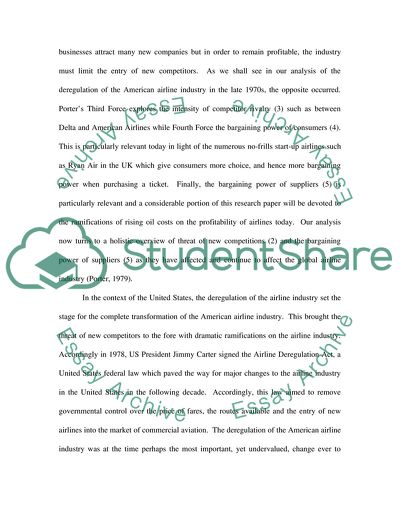Cite this document
(Collaborative Commerce Application in the Travel Industry Article - 1, n.d.)
Collaborative Commerce Application in the Travel Industry Article - 1. https://studentshare.org/tourism/1727176-trave-trade
Collaborative Commerce Application in the Travel Industry Article - 1. https://studentshare.org/tourism/1727176-trave-trade
(Collaborative Commerce Application in the Travel Industry Article - 1)
Collaborative Commerce Application in the Travel Industry Article - 1. https://studentshare.org/tourism/1727176-trave-trade.
Collaborative Commerce Application in the Travel Industry Article - 1. https://studentshare.org/tourism/1727176-trave-trade.
“Collaborative Commerce Application in the Travel Industry Article - 1”. https://studentshare.org/tourism/1727176-trave-trade.


